* The two week shut down is geared to teen to adult dogs . Puppies do need a bonding time with their new humans, a whelping period so to speak, but they have a different requirements than a more aged dog . It is important to fully vaccinate and de-worm your puppy before venturing out into the world. I suggest strongly getting your new puppy to a veterinarian for proper de-worming and vaccinations. But note the shut down period is not recommended for young puppies as they have crucial needs that are special than older dogs in proper development and socialization.
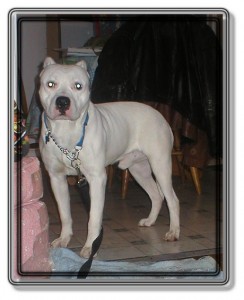
Kosmo Starting Shut Down
The Action:
- “I have a new dog!”
- “I introduced her to 15 people”
- “He was a bit leery but seems to like my other 3 dogs”
- “She went everywhere with me ” …
All in the first few days of the new home….. (!!!)
The Reaction:
In about two weeks later we get the call back to the rescue;
- “I think we will have to rehome the new dog.”
- “The new dog barked and nipped at my kid”
- “We had a dog fight”
- “What do we do?”
Ok, folks, here it comes, the big secret to many foster homes success with a new dog that came from unknown or even not so good homes!
Doggy shut down! A “get to know you “ time! Giving the new dog, post finding, adoption, buying, etc, time to adjust to you and your family and the dogs in the new environment.
Why The Two Week Shut Down?
The Two Week Shut Down is a time familiar to a dog’s mind, as it mimics the whelping box when first born, as the puppy’s eyes are not open and it relies totally on the mother’s ability to take care of it. By smelling, sensing, listening the puppy starts his journey into the new scary world.
New adult dogs come into our home the same way, “a journey into a new and scary world”
By giving the dog a “time out” the dog can learn its new world, its new people and begin to relax and blossom under the care of the new care giver.
Why we all want to run out with our new dog, show everyone our new pet, we forget that even an adult dog is now back to a puppy newborn like mind, all is new, the voices speak a new language, cars might be new, leashes and handling under nice people might be new.
Even petting and acceptance of a pet is stressful on a new dog,. “Who are you? Where did we come from? Where are we going? What is expected of me?” –the dog thinks!
Just like a new born baby we wouldn’t rush out and pass the baby from person to person, we set up a stable and save environment, our new dogs are just like that , our newborn baby.
Step back for a minute, and think how you might feel if you were never going to go back to your “home” and that you were expected to live with new people who didn’t understand your language. What if these new people took you to all sorts of different places expecting you to greet everyone happily and feel comfortable with an overload of attention all at one time? How might you feel after all of that, to have to go to your new “home” and interact with a bunch of strangers? It’s very likely that you’d feel exhausted, overwhelmed, and wanting to retreat, but really have no place to go to. You might begin to act out at people for pushing you into these situations and insisting that you do this and do that.
Well, many dogs are put in the very same position and the only way they know how to get their point across is to act out or “misbehave.” The dog may act out by nipping at children for he didn’t understand them and was corrected harshly before knowing how he was to be around them! Growling, like when being moved off furniture –“ he didn’t know he couldn’t be here. What is expected ? Where am I allowed ?” Starting fights with the other animals in home – it may feel that the new humans are not leaders or beings to look up to for help in decisions , The dog begins to think “I must defend myself!” “Who IS this new dog?”
How To Do The TWO WEEKS – “shut down”
For the first two weeks, (sometimes even longer) a dog takes in the new environment, who is the top persons, dogs, who ARE these people!
A great way of thinking of this time is; “this is the dating period NOT the honeymoon”
When you first met your “mate”, you were on your best behavior, you were not relaxed enough to be all of yourself, were you?
Just think of the things you do physically once you get to KNOW a person, you wouldn’t run up to a stranger and hug them and squeeze them!
Imagine, if on the first date, this new person, was all over you touching you and having their friends hug you and pat you on top of the head, and jostle your shoulders, then he whisked you off to another stranger’s home and hey did the same thing.
Would you think this person normal and SAFE?
Would you feel invaded and defensive and begin to get a bit snarky yourself?
Wouldn’t you think to push these people away for obviously your date is out of their mind and they aren’t going to save you from these wierdos!!
Yet we do this to our dogs, and then get upset or worried that they aren’t relaxed and accepting of EVERYTHING instantly!
*Why do we expect a dog to accept a situation when we ourselves could not?
By shutting down the dog, it gives the dog TIME to see you, meet YOU, hear and take in the new sounds and smells of your home.
- Crate or keep the dog in a room by itself if possible.
(Believe me, dogs are sensory animals, they know more than you think without seeing it
This allows the dog to take in the new world and not feel assaulted at the world coming AT him visually).
- Leash (so I don’t have to correct it ..I don’t have that right yet!) This also teaches the new safe zone for the dog is around you and the humans in the home. Leash the dog right to your belt or under a piece of furniture.
- No obedience like training at all, just fun exercise and maybe throw some toys for fun, leash the dog if you don’t have a fence outside. But I DO NOT leave my yard, AT ALL in this time.
- No car rides, no other dogs, (unless crated beside them), no pet stores, no WALKS even, nothing but me, my home, my yard. (Unless of course the dog needs to go to the veterinarian.)
- Don’t go crazy petting and handling the dog! Even petting and being “out” in the home puts pressure on a dog, as everything is so new.
Allowing the dog time to absorb and the decision to come to YOU for pets and affection can do a lot in taking pressure off a new dog.
- Exercise – but in your yard! All dogs need to burn off energy. Do fun toss the ball games in your yard or on a lunge line if no fence. Remember to just have fun, let the dog run and explore . Exercise is a great stress relief so we don’t want to add stress to what is an out of energy.
- Again- no walks yet! Walks are stressful for there is so much coming at you. Being a new person to this dog you have no clue how the dog is reacting to the walking environment. The dog may react to something and we start correcting it with the leash and we just installed a VERY STRESSFUL moment to the dog in what should be a fun and happy walk.
TEACH the dog by doing the shut down, that YOU are the one to look to, that you are now here for the dog! He can trust in you and look to you as its new leader!!
Then on walks you will see the dog look to you when he sees something like a kid or a dog to see what your reaction is, lessening his mind about having to defend or control the environment, he has YOU , the dog now can relax and enjoy the walk more.
*In the house I have the dog out only for about 20-40 minutes post exercise/yard times. And ALWAYS on a leash. Then PUT THE DOG AWAY. Let it absorb and think. Even if just for a little bit.
A few minutes of “down time” allows the dog to overcome things that we may not of seen triggered anxiety or fear in the dogs mind, and allows the mind to be fresh for more “new” and adventures in your home and life.
If the dog goes to his crate on his own, he is telling you “I need a time out” allow him this time.
By having the dog out for long periods of time we are forcing the dog to keep accepting all new things , by putting the dog away we are asking him to accept a few things, then go think and absorb, when we get him out later we introduce a few more things, so the three new things are three new things, not 3 x 3 x 3 – possible shut down from the dog.
- No new buddies ! Do not introduce the dogs for these two weeks, they can be side by side in the crates, (not nose to nose for they can feel defensive). Some dogs will bond instantly with the other dogs if we don’t bond FIRST with the dog, and this can lead to some other issues, as the dog will look to the other dog(s) for guidance and not YOU! A good way to meet dogs POST the two weeks is each dog have a handler and go for short walks ON LEASH. Walking helps relieve stress and worry. Each having their own human gives control to the moment. Do not allow them to be close enough to touch. But near each other, side by side if possible. Then later in home and again, use LEASHES! The easiest way and calmest way to control a dogs movement!
- Ignore Bad behavior – Ignore crying and/or barking. If you run to the dog each time they bark, whine, or cry, you are teaching the dog that doing those things gets your attention. The dog must learn to be secure when you are not there. Use the leash to softly correct jumping, exploring counters, etc. Most dogs I have taken in will “cry” in their crate/room for about 2-3 days. Its just their way of stressing . Its hard, but let them cry it out. If we go to them each time they cry/whine or bark we might be setting up for separation like behaviors. We want our new dog to be able to be “alone” and still know its SAFE.
- Praise Gently Good behavior – ex. Dog is sitting nicely next to you, touch or softly pet the dog “good boy/girl” let then know you appreciate GOOD behavior. This makes naughty behavior not so fun if you ignore THAT but praise the good!
Literally in two weeks you will see a change in the dog and begin to see its honest and true personality. Just like a house guest.. They are well behaved and literally shut down themselves these first few weeks, then post this time, they relax and the true personality begins to shine thru!
So, please, if nothing else for your new dog, give it the time to LEARN YOU as you are learning who they are!
This method works on shy dogs, confident dogs, abuse cases, chained dogs that come in, rowdy dogs, all temperaments! And it works on all breeds from little dogs to big bully dogs.

Kosmo Post Shut Down
Amazing, isn’t it?
Article originally published on Pitbull Forum by Luvnstuff/Stacie Sparks Vredeveld who is a volunteer for Pound Buddies in Muskegon, Michigan.
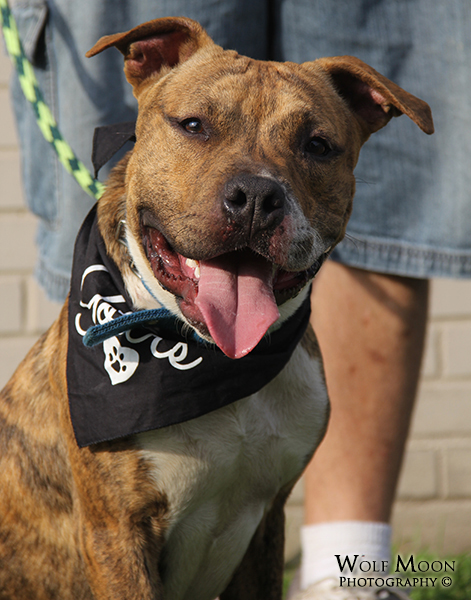 Name: Romeo
Name: Romeo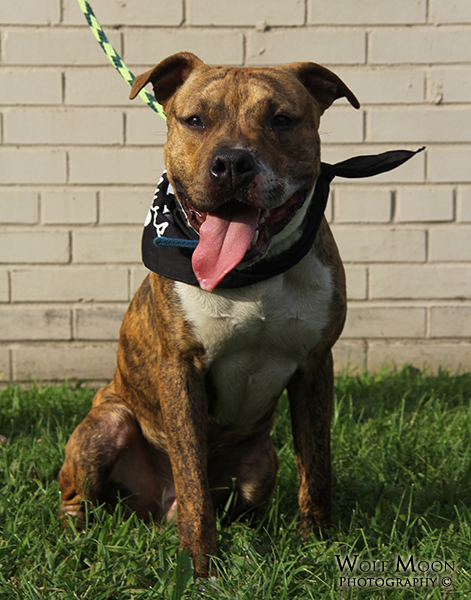 absolutely perfect with all people but would probably do best with older children since he tends to get incredibly bouncy and forget his own strength. He isn’t a good candidate for a home with cats and would need introductions to a nice, polite female dog or an only dog home.
absolutely perfect with all people but would probably do best with older children since he tends to get incredibly bouncy and forget his own strength. He isn’t a good candidate for a home with cats and would need introductions to a nice, polite female dog or an only dog home.
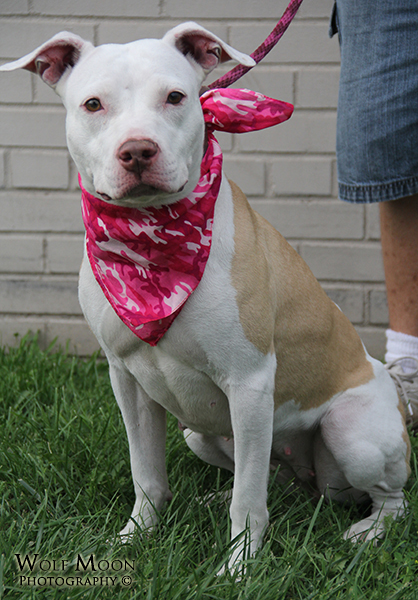 problem going on in our nation today. I will be honest, it angered me pretty heavily because I know how much time I have wrapped up into my volunteer time in animal rescue in my community and at a handful of shelters and rescue groups that I support heavily – sometimes so much that my husband doesn’t get to see me much and has complete care and exercise regimes on the dogs to take care of. I know not everyone is going to agree with me because I support both responsible breeding and rescue but to insult and belittle what I do would have pushed many people away and onto the “all rescue people are freaks” bandwagon.
problem going on in our nation today. I will be honest, it angered me pretty heavily because I know how much time I have wrapped up into my volunteer time in animal rescue in my community and at a handful of shelters and rescue groups that I support heavily – sometimes so much that my husband doesn’t get to see me much and has complete care and exercise regimes on the dogs to take care of. I know not everyone is going to agree with me because I support both responsible breeding and rescue but to insult and belittle what I do would have pushed many people away and onto the “all rescue people are freaks” bandwagon.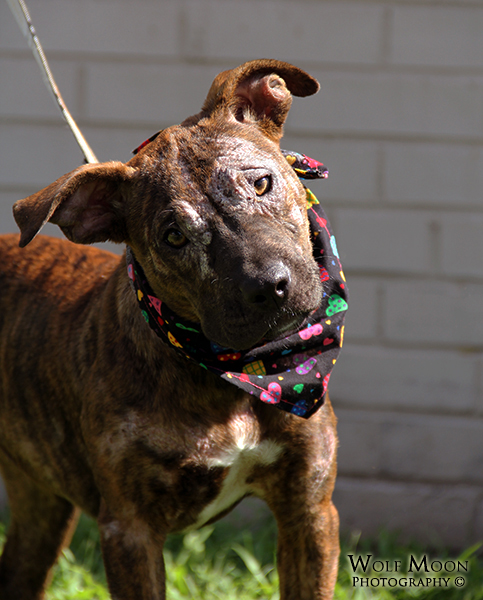
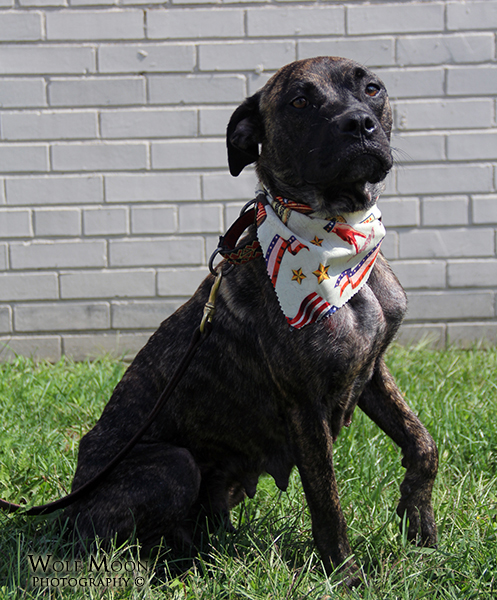 the acceptance of those who truly care about dogs and not about adding to the shelter population would be accepted into the rescue fold because there are many out there who work both sides of the fence and I’m not the only one. It would be nice to work hand-in-hand with those same people who dedicate their lives to rescue animals and have them see who truly is the problem and who isn’t. Placing the blame on an entire group because of one sector of bad apples is about as bad as the breed profiling that everyone joins together to end.
the acceptance of those who truly care about dogs and not about adding to the shelter population would be accepted into the rescue fold because there are many out there who work both sides of the fence and I’m not the only one. It would be nice to work hand-in-hand with those same people who dedicate their lives to rescue animals and have them see who truly is the problem and who isn’t. Placing the blame on an entire group because of one sector of bad apples is about as bad as the breed profiling that everyone joins together to end.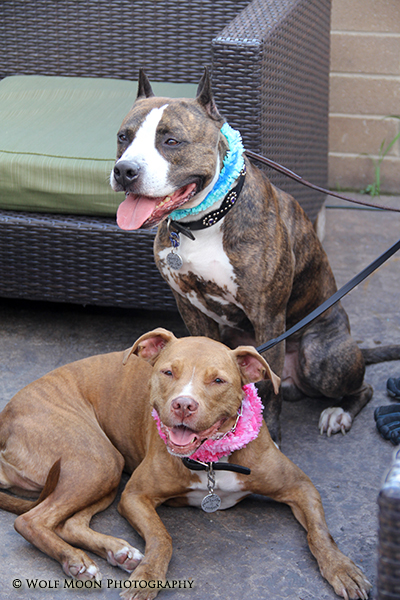 If any of our readers ever visit the Metro Detroit area, Ferndale is one of the most dog friendly cities in the area and most of their restaurants have outdoor seating (weather permitting) for the pups to join their people for a meal. This was definitely the case this past Saturday when Luna, Ryker, my husband and I all took the drive to
If any of our readers ever visit the Metro Detroit area, Ferndale is one of the most dog friendly cities in the area and most of their restaurants have outdoor seating (weather permitting) for the pups to join their people for a meal. This was definitely the case this past Saturday when Luna, Ryker, my husband and I all took the drive to 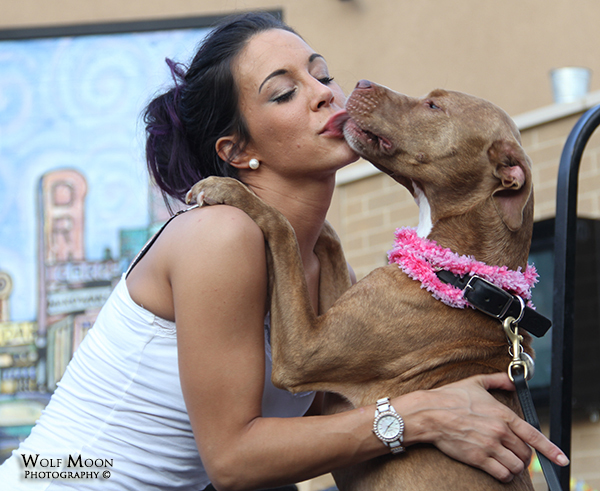 phenomenal group that is geared toward helping bully breeds across the Metro Detroit area – many of whom come in severely neglected and abused, injured or emaciated.
phenomenal group that is geared toward helping bully breeds across the Metro Detroit area – many of whom come in severely neglected and abused, injured or emaciated.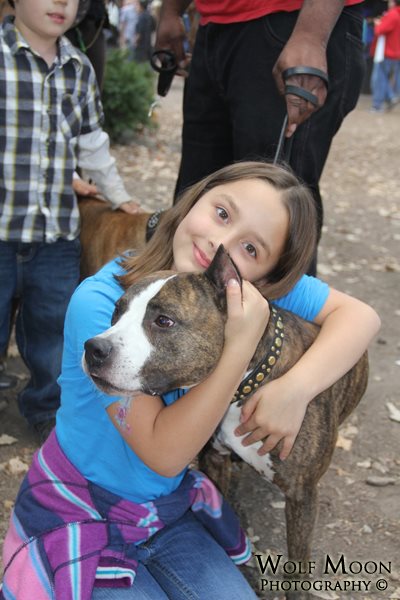
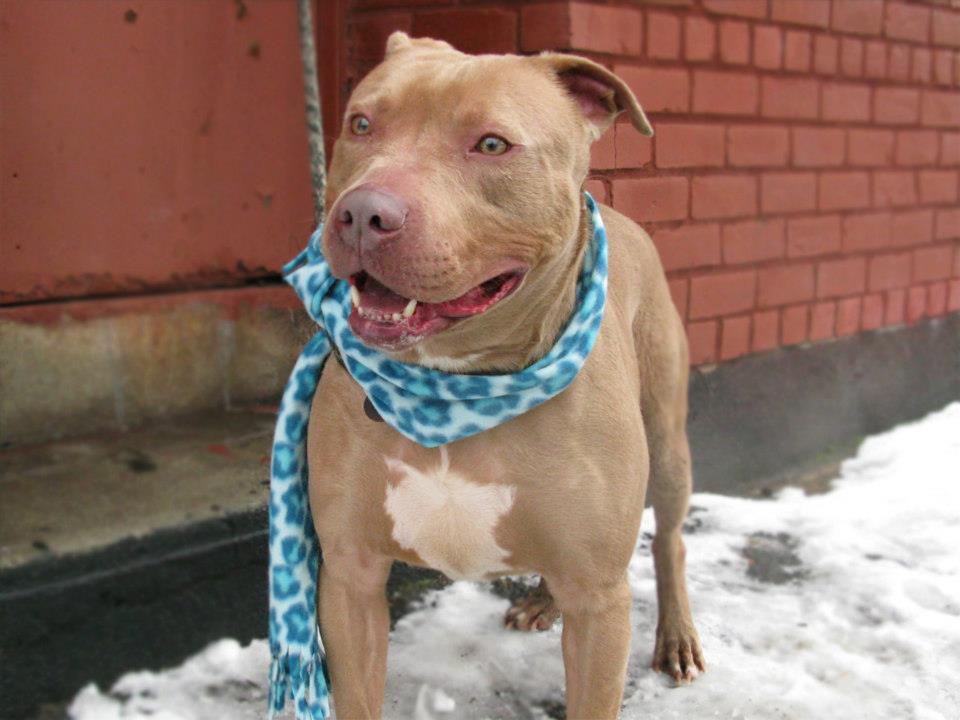


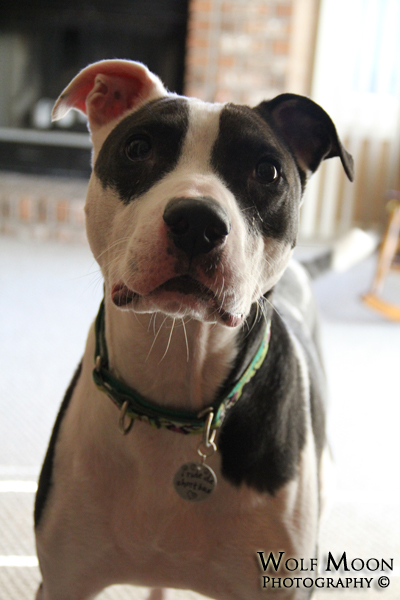
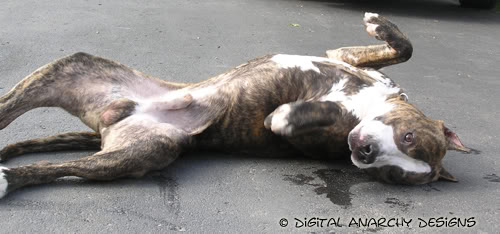


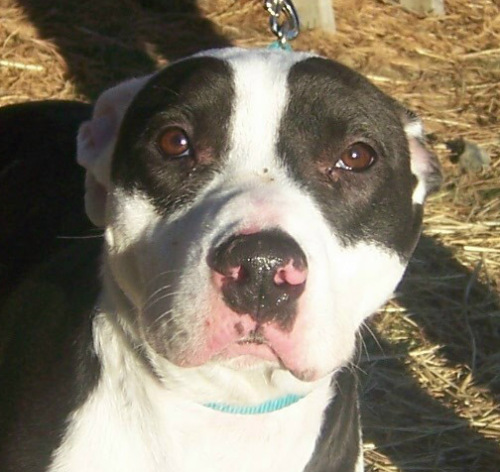
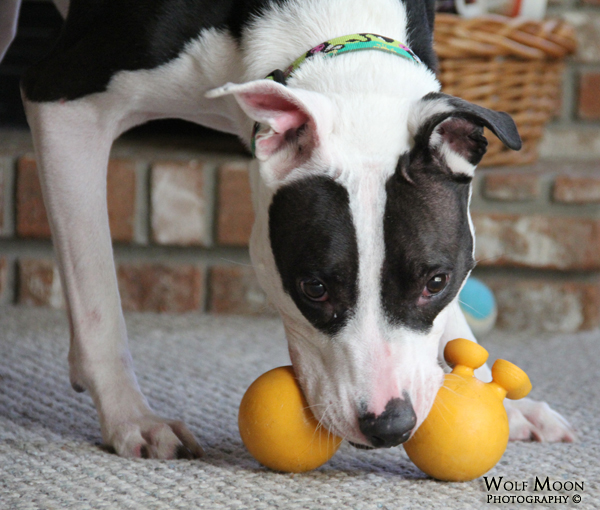 Here’s to many more adventures, buddy.
Here’s to many more adventures, buddy.